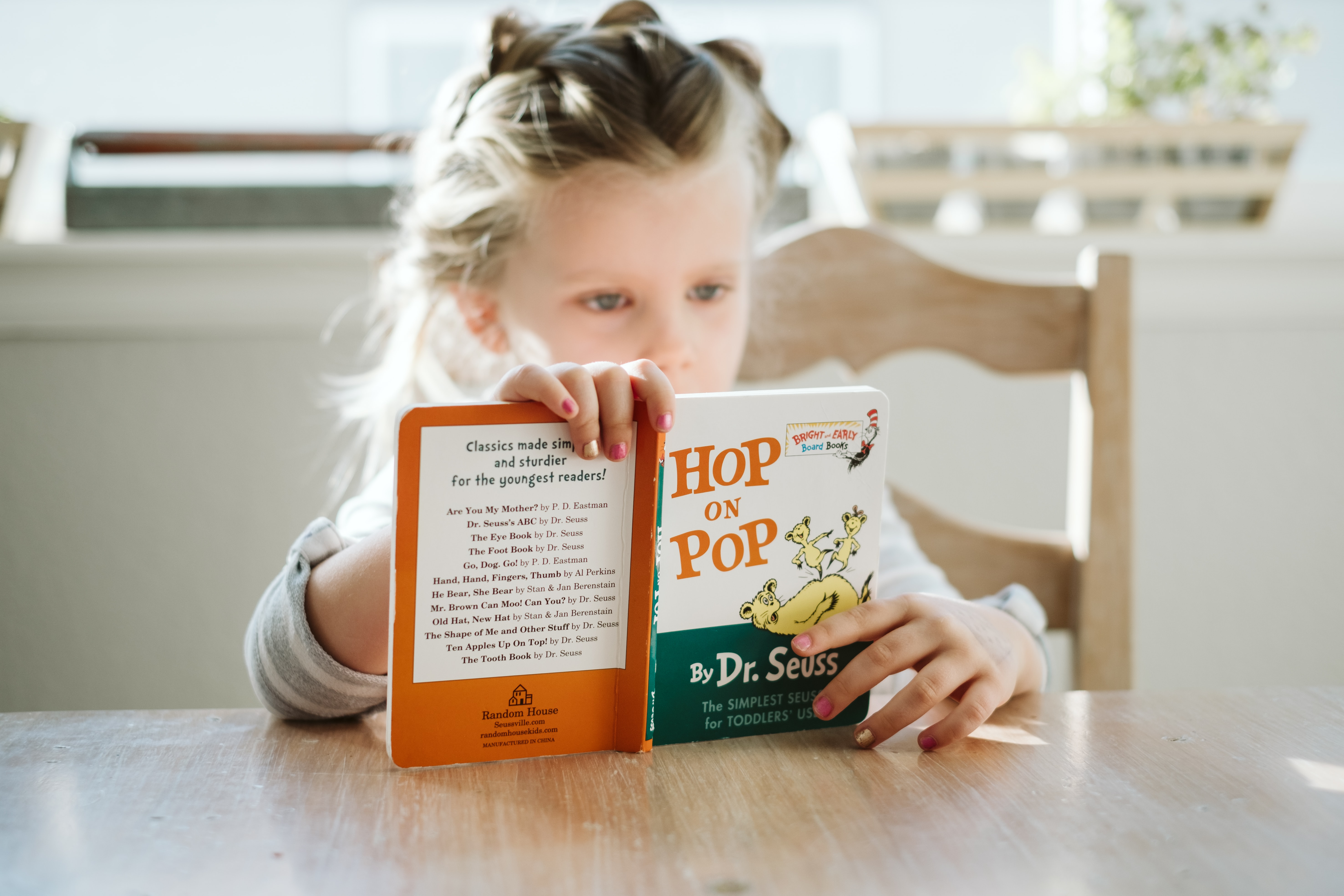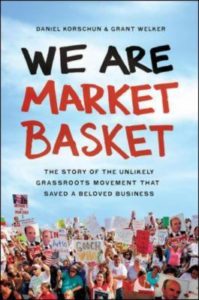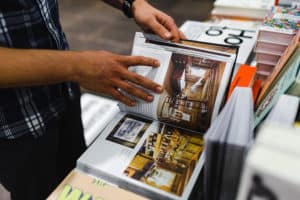 Oh the places you’ll go! Just one line instantly delves us into the world of Dr. Seuss, a world often synonymous with children’s literature. When doing a basic search for “popular picture books” in a search engine, titles like The Cat in the Hat and The Lorax immediately pop up alongside other classic titles such as The Very Hungry Caterpillar and Harold and the Purple Crayon. It can’t be denied the cultural impact that Theodore Geisel, also known as Dr. Seuss, has had on the world of children’s literature. While he has reigned supreme in the world of children’s books for over 75 years, some of his works have recently come under fire for portraying racist images of people of different ethnicities. This controversy has led to the Geisel estate deciding to pull six of his titles from further publication. This decision, alongside Read Across America Week’s decision to distance itself from the works of Dr. Seuss, has librarians, readers, and educators now wondering: what do we do with Dr. Seuss?
Oh the places you’ll go! Just one line instantly delves us into the world of Dr. Seuss, a world often synonymous with children’s literature. When doing a basic search for “popular picture books” in a search engine, titles like The Cat in the Hat and The Lorax immediately pop up alongside other classic titles such as The Very Hungry Caterpillar and Harold and the Purple Crayon. It can’t be denied the cultural impact that Theodore Geisel, also known as Dr. Seuss, has had on the world of children’s literature. While he has reigned supreme in the world of children’s books for over 75 years, some of his works have recently come under fire for portraying racist images of people of different ethnicities. This controversy has led to the Geisel estate deciding to pull six of his titles from further publication. This decision, alongside Read Across America Week’s decision to distance itself from the works of Dr. Seuss, has librarians, readers, and educators now wondering: what do we do with Dr. Seuss?![]()
![]()
![]()
The works of Dr. Seuss have had a long-standing tradition in children’s literature. Books like The Cat in the Hat and Green Eggs and Ham have delighted readers for generations, and Geisel was unique in creating an early literacy text that was both suitable for beginner readers, while also being entertaining (unlike the monotony of early literacy primers like Fun With Dick and Jane). The majority of his works have stood the test of time, with copies still being sold today, along with some of his works being turned into movies, stage musicals, and a TV series. While works such as The Sneetches and Other Stories, Horton Hears a Who, and The Lorax do contain very positive messages of acceptance and kindness, the same unfortunately cannot be said of works like And to Think I Saw it on Mulberry Street and If I Ran the Zoo, which are two of the six titles that will no longer be published. These titles, along with four others, contain illustrations which depict people of color in ways that are not kind or acceptable by modern standards. These illustrations unfortunately reflect Dr. Seuss as a product of his time (which becomes even more apparent if we examine his career as a political cartoonist), which can cause problems when we try to read them to children today. One book that I highly recommend when thinking about Seuss’s controversial role in children’s literature is Was the Cat in the Hat Black? The Hidden Racism of Children’s Literature and the Need for Diverse Books by Philip Nel.
This controversy surrounding Seuss, and whether or not to continue to keep certain works in a library collection, does have a positive, in that we are working to become more aware of the prejudices that may exist in children’s classics, and how we approach them in a classroom or storytime. I believe that this reexamination of Seuss’s works also gives us the ability to rewrite the “canon” of children’s classics, by choosing to retire some problematic books that simply don’t have as much of a draw anymore. While Seuss has undeniably contributed a great deal to the world of children’s literature and easy readers, we should also highlight the amazing work that other authors have contributed to that field as well. One such author is Mo Willems, who has both won and received honors multiple times for the Geisel Award, which awards exemplary easy readers. I am constantly receiving requests from children for more Elephant and Piggy books, and his Don’t Let the Pigeon Drive the Bus series has now achieved the same cultural status as The Cat in the Hat or The Very Hungry Caterpillar.
Arnold Lobel is another classic children’s author whose Frog and Toad series still has appeal for an easy reader audience, and his works contain both hilarity and the importance of friendship in them. The Amelia Bedelia series by Herman Parish is another classic series that still entertains readers today, and more diverse easy readers series such as Ling and Ting by Grace Lin, the Katie Fry series by Katherine Cox, Don’t Throw It to Mo by David A. Adler, the Sofia Martinez series by Jacqueline Jules, and Katie Woo by Fran Manushkin add diverse representations of characters to a traditionally white literary canon.
Amidst all of this discussion surrounding the problematic works of Dr. Seuss, I do see a bright side for the future of children’s literature. Just as you would weed a garden to make room for new growth, or clean out the clutter to make space for a new room, I think it’s healthy to reexamine the works of literature that have made up the children’s literature canon of classics to see what kinds of ideas and stories we want to continue to pass on to future generations of readers. I love seeing the world of children’s literature evolving into a much more diverse field, with children of all backgrounds and cultures having the opportunity to see themselves reflected in the books they read. Instead of bemoaning the fact that children might not be able to read If I Ran the Zoo, I see new spaces being made on the shelf and in the canon for kinder, more inclusive books that show characters of different ethnicities exploring the world around them. To hearken back to the start of this article, the future of children’s literature truly is a great time to think of “the places you’ll go!”
Dina Delic is the Assistant Children’s Librarian at the Morrill Memorial Library in Norwood, MA. Look for her article in the March 11, 2021 issue of the Transcript and Bulletin.



